Touring ski boots and alpine boots are built for different purposes. Touring boots are lightweight and designed for uphill climbs with features like "walk mode", making them ideal for backcountry skiing. Alpine boots, in contrast, are stiff and focused on downhill precision, making them perfect for resort skiing. However, both require specific setups and can be pricey.
Enter Snowfeet. Their products, like Skiblades or Skiskates, attach to your existing winter boots - whether hiking, snowboard, or insulated boots - offering a cost-effective and simple way to ski without investing in specialized boots. They’re portable, easy to use, and great for casual skiers or families.
Quick Takeaways:
- Touring Boots: Lightweight, flexible for uphill, less control downhill.
- Alpine Boots: Stiff, great for downhill, not ideal for hiking.
- Snowfeet Products: Use your own boots, lightweight, affordable, and easy to carry.
If you’re looking for convenience and versatility, Snowfeet offers a new way to enjoy skiing without the hassle of traditional gear.
How To : Ski Boot Types
Design and Technical Differences
Touring ski boots and alpine boots are designed with specific skiing styles in mind. Their differences highlight why Snowfeet* products stand out as a fresh alternative to traditional setups.
Construction and Materials
Touring ski boots are built with lightweight plastics and carbon fiber reinforcements to reduce fatigue during uphill climbs. They also feature curved soles that mimic a natural walking motion, making them more comfortable for long ascents. Brands like Dynafit and Scarpa have mastered the balance between weight and durability in these designs.
Alpine boots, on the other hand, prioritize downhill performance. They’re made with rigid plastic shells and secure metal buckles to ensure every ounce of energy is transferred to your skis. The flat, stiff soles are perfect for bindings but sacrifice walking comfort in the process.
Snowfeet* takes a different approach. Instead of requiring specialized ski boots, their products work with the boots you already own. Whether you prefer lightweight hiking boots for backcountry treks or sturdy snowboard boots for resort days, Snowfeet* products like Mini Ski Skates and Skiblades let you stick with what’s comfortable while offering a versatile skiing experience.
Weight and Flexibility
Touring boots are known for their adjustable walk modes, which allow for a more natural stride when hiking uphill. This flexibility is great for mobility but can slightly reduce downhill precision.
Alpine boots, by contrast, lock your ankle in place to maximize control on the slopes. While this rigidity is ideal for high-speed skiing, it makes walking or hiking a challenge.
Snowfeet* bridges the gap by using your existing boots. This means you can enjoy the comfort and mobility of your favorite footwear while trekking through the backcountry. When it’s time to ski, you can quickly switch to ski mode without sacrificing versatility or performance.
Binding and Ski Compatibility
Traditional ski setups often require boot-specific bindings. Alpine bindings use a DIN release system tailored to the skier’s weight and skill level, while touring bindings rely on tech pins and adjustable heel pieces to switch between climbing and skiing modes. Changing one component often means adjusting - or even replacing - your entire setup, typically requiring professional help.
Snowfeet* simplifies this with a universal binding system that works with any winter footwear. This means you can transform your everyday boots into ski-ready gear in minutes, no tools or professional adjustments needed. It’s a straightforward solution that adds convenience to your winter adventures.
| Feature | Touring Boots | Alpine Boots | Snowfeet* Products |
|---|---|---|---|
| Weight | Lightweight materials for climbing | Heavier due to rigid construction | Minimal added weight with your own boots |
| Flexibility | Walk modes for uphill mobility | Rigid for downhill precision | Keeps the natural flexibility of your boots |
| Binding Compatibility | Specialized tech pin systems | DIN-specific bindings | Universal system for any winter footwear |
| Setup | Time-intensive, may need adjustments | Typically installed by professionals | Quick, tool-free conversion to ski mode |
| Cost | Higher due to specialized design | Varies based on performance features | Budget-friendly by using existing boots |
These comparisons show how Snowfeet* redefines the skiing experience. Instead of committing to one style, you can easily switch between backcountry adventures with Walkski Backcountry Touring Skis and resort fun with Skiblades - all while enjoying the comfort and familiarity of your favorite boots.
Performance on Different Terrain and Skiing Styles
The type of terrain you ski on and your personal style play a big role in choosing the right boots. While traditional options are designed for specific conditions, Snowfeet* products offer a flexible alternative, letting you explore multiple environments without committing to just one type of boot.
Uphill and Backcountry Performance
Touring boots are a go-to for uphill climbs, but Snowfeet* brings a simpler, more versatile solution to the table. Alpine boots, with their stiff design, can make uphill travel a chore. Touring boots, on the other hand, are built for smoother ascents over steep or uneven terrain.
Enter the Snowfeet* Walkski Backcountry Touring Skis (100 cm). These compact skis are a game-changer for tight spaces and portability. They fit easily into a hiking backpack and can be quickly strapped on when it’s time to descend. With Snowfeet*, there’s no need to switch between touring and alpine boots. This seamless adaptability makes uphill travel easier and sets you up for a smooth downhill ride.
Downhill and Resort Performance
For groomed runs that demand precision, alpine boots are the clear winner. Touring boots, while great for uphill, often trade a bit of downhill control for their climbing efficiency. That said, newer designs are narrowing this gap.
But here’s where Snowfeet* products shine. The Snowfeet* Skiblades (65 cm and 99 cm) offer the perfect mix of agility and convenience. These short skis are ideal for crowded slopes, terrain parks, and moguls, giving you quick, precise control. For those looking for something a little more stable but still portable, the Snowfeet* Short Skis (120 cm) strike a balance between traditional skiing and a lightweight, compact experience. With Snowfeet*, you get a single solution that works across terrains.
Comfort and Mobility
Comfort and mobility are where Snowfeet* products really stand out. Touring boots focus on mobility, while alpine boots prioritize control. Snowfeet* combines the best of both worlds by letting you use the boots you already own.
Alpine boots are built for performance, but they can feel stiff and uncomfortable during long resort days. Snowfeet* changes the game by allowing you to ski in boots you’re already comfortable with - whether that’s snowboard boots, insulated winter boots, or even your own ski boots. This means that whether you’re hiking or skiing, you don’t have to sacrifice comfort.
Another bonus? The universal binding system on Snowfeet* products eliminates the need for a break-in period. You can hit the slopes immediately in your favorite footwear. For families, this flexibility is a huge plus. Kids can use Snowfeet* Mini Ski Skates with their regular winter boots, saving parents from investing in expensive ski boots that kids will outgrow in no time. It’s convenience and comfort rolled into one.
sbb-itb-17ade95
How to Choose the Right Boot for Your Needs
Picking between touring and alpine boots doesn’t have to feel overwhelming - especially with Snowfeet* offering a flexible alternative. Your decision boils down to where you ski, your experience level, and how much gear you’re ready to invest in.
Matching Boots to Your Skiing Style
If you love exploring the backcountry, touring boots are your go-to. They’re built for uphill climbs and can handle rocky paths and icy patches. On the other hand, if you stick to groomed runs at resorts, alpine boots are a solid choice. Their stiff design gives you precise control on hard-packed snow.
But here’s where Snowfeet* shakes things up. With their products, you can skip traditional ski boots altogether. For example, the _Snowfeet Walkski Backcountry Touring Skis (100 cm)* work seamlessly with regular winter boots, hiking boots, or snowboard boots. You can hike up in comfy footwear and ski down without swapping boots. For resort skiers, the _Snowfeet Skiblades (99 cm)* deliver agility on crowded slopes while keeping your feet snug in your everyday boots. This versatility changes the game when it comes to boot compatibility.
Why Snowfeet* Changes the Game
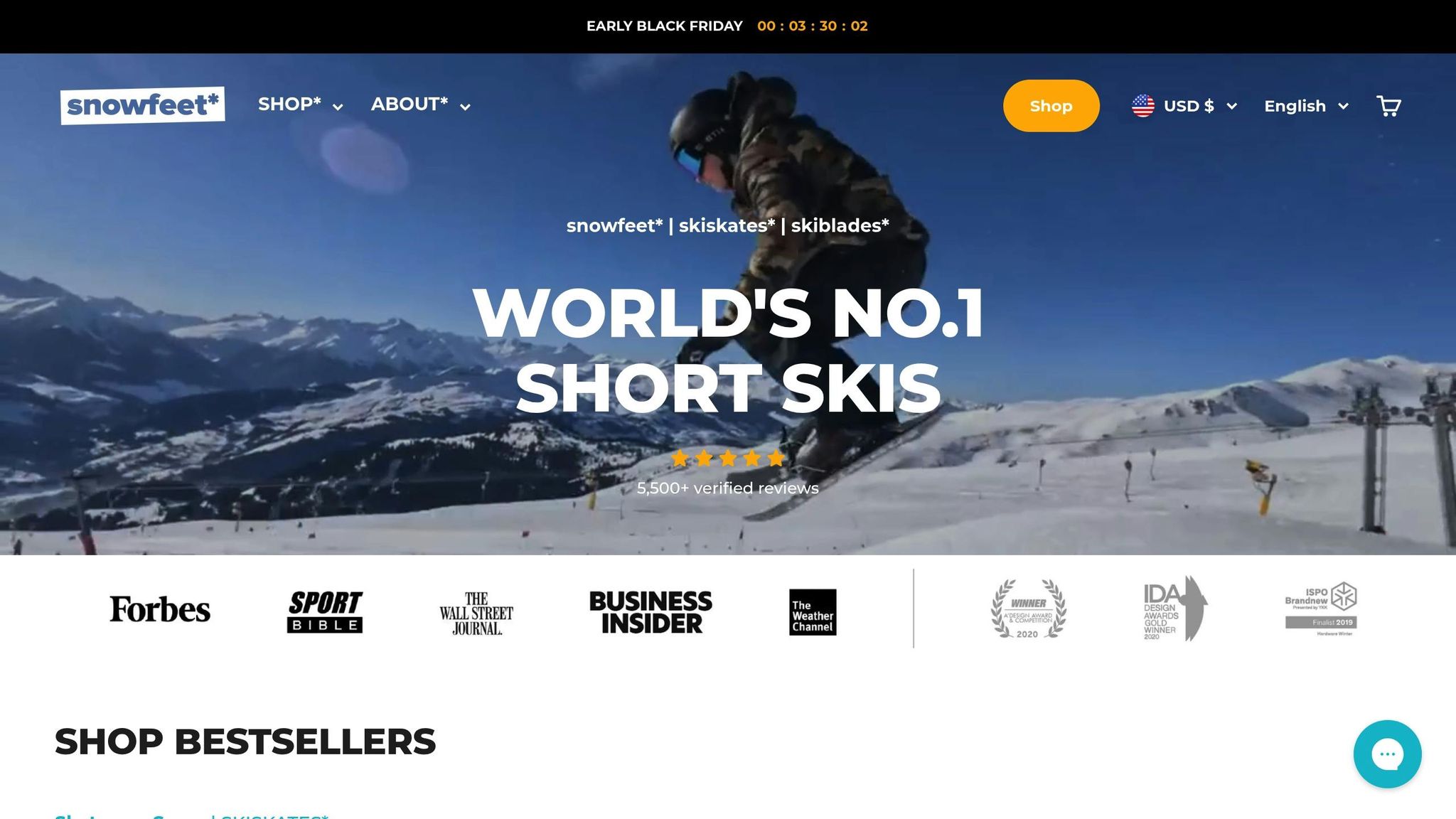
Snowfeet* lets you ski in boots you already own, making skiing more accessible and less of a hassle. Their universal binding system works with insulated winter boots, snowboard boots, or lightweight hiking boots. This means families can share equipment, and beginners don’t have to splurge on pricey ski boots right away.
Another perk? No need to endure the painful break-in period that comes with traditional ski boots. Since you’re using boots that already fit you well, you can focus on improving your skills instead of dealing with sore feet.
Take the _Snowfeet Mini Ski Skates (38 cm)_*, for instance. They’re small enough to toss in your backpack, letting you ski anywhere - from local hills to snowy trails. This convenience makes choosing the right boot a lot simpler.
Boot Compatibility Tips
To get the best performance from Snowfeet* products, start by picking the right boots for your activity. For the Snowfeet Walkski Backcountry Touring Skis*, insulated hiking boots with good ankle support and waterproofing are ideal.
Snowboard boots are a fantastic choice for most Snowfeet* gear. They strike a balance between flexibility and support, giving you the lateral stability you need for skiing. If you already own snowboard boots, you’re all set to enjoy Snowfeet* products.
For the Snowfeet Skiblades* and other longer models, regular winter boots work just fine for casual skiing. But if you’re planning a full day on the slopes or more aggressive runs, look for boots with better lateral support. Make sure your boots fit securely at the heel and aren’t too bulky for the bindings.
Avoid boots that lack proper support - they can mess with your control and precision. The best boots strike a balance: enough support without the stiffness of traditional alpine boots.
Thanks to adjustable bindings, Snowfeet* products fit a wide range of boot sizes. This makes them perfect for families, as everyone can use the same set with their own footwear. It’s a budget-friendly way to dive into winter sports together.
Final Thoughts: Touring Boots, Alpine Boots, and Snowfeet*
Choosing between touring and alpine boots can define your skiing experience. Touring boots are ideal for backcountry adventures, thanks to their lightweight design and walk mode. On the other hand, alpine boots shine on resort slopes with their rigid build and precise control. Both have their strengths, but traditional setups come with higher costs, require time to break in, and lack versatility. That’s where Snowfeet* steps in to change the game.
Snowfeet* does away with the need for specialized ski boots. Instead of investing in expensive, single-purpose gear, you can use the boots you already own. Take the Snowfeet* Mini Ski Skates (38 cm) for instance - they’re priced at $250 and work perfectly with your winter boots. Looking for something more robust? The Snowfeet* Skiblades (99 cm) deliver resort-level performance for $675 and pair easily with regular snowboard or hiking boots.
This shift makes winter sports more accessible, especially for families across the U.S. Snowfeet* products are compact and portable, making it easy to pack your gear and hit the slopes. Whether you’re exploring the backcountry in Colorado or enjoying a local hill, these products simplify the experience.
The standout advantage here is flexibility. With options like the Snowfeet* POWDER (99 cm) for deep snow or the Skiskates (44 cm) for groomed runs, you get equipment that adapts to your plans. No need to swap gear between hiking and skiing - it’s all seamless.
For winter sports enthusiasts in the U.S. looking for a fresh, budget-friendly way to enjoy the slopes, Snowfeet* offers a whole new perspective. It’s not just about switching boots; it’s about rethinking how you experience winter altogether.
FAQs
What’s the difference between touring ski boots and alpine boots when it comes to performance and comfort?
Touring ski boots are all about lightweight comfort and mobility, which makes them a go-to choice for uphill climbs and backcountry explorations. With features like a walk mode and a wider range of motion, they’re designed to make ascents smoother and more efficient. Alpine boots, on the other hand, focus on stability and control for downhill skiing. Their stiffer construction helps you stay steady and perform better on groomed runs and at higher speeds.
When it comes to Snowfeet* gear - like the _Snowfeet Walkski Backcountry Touring Skis (100 cm)_* or Snowfeet Skiblades - touring boots are a fantastic match. Their lightweight design and flexibility make them perfect for navigating varied terrain, which is exactly what Snowfeet products are made for. Alpine boots, while great for traditional downhill skiing, can feel a bit restrictive and might not offer the versatility needed for the unique Snowfeet* experience. If you’re after comfort, adaptability, and a whole lot of fun, pairing touring boots with Snowfeet* gear is a no-brainer!
Why are Snowfeet products a budget-friendly option compared to traditional ski boots?
Snowfeet products offer an affordable way to hit the slopes since they strap right onto your regular winter shoes or snowboard boots. Forget about shelling out for pricey ski boots - these are a great option for folks who are just getting into winter sports or prefer a more casual approach.
Beyond the cost savings, Snowfeet gear is lightweight, compact, and super easy to use. They’re perfect for navigating snowy trails without the hassle or expense of traditional ski gear. If you’re looking to enjoy the snow without spending a fortune, these might just be your go-to.
Can I use Snowfeet products with any type of winter footwear, and how do they perform on different terrains?
Snowfeet products, like the Snowfeet PRO, come equipped with a universal binding system that works with most winter shoes and snowboard boots. They fit US sizes 6–13 (EU 38–47), so there's no need to hunt down special footwear - just strap them on and go.
These little wonders are great for all kinds of winter fun. Whether you're cruising down ski slopes, wandering forest trails, or even playing around in your backyard, Snowfeet have you covered. Their compact and lightweight design makes them easy to handle, whether you're sticking to groomed runs or venturing off into the backcountry. Snowfeet offer a fresh way to enjoy winter sports without lugging around heavy gear, making them a fun and practical choice for all kinds of snowy adventures.





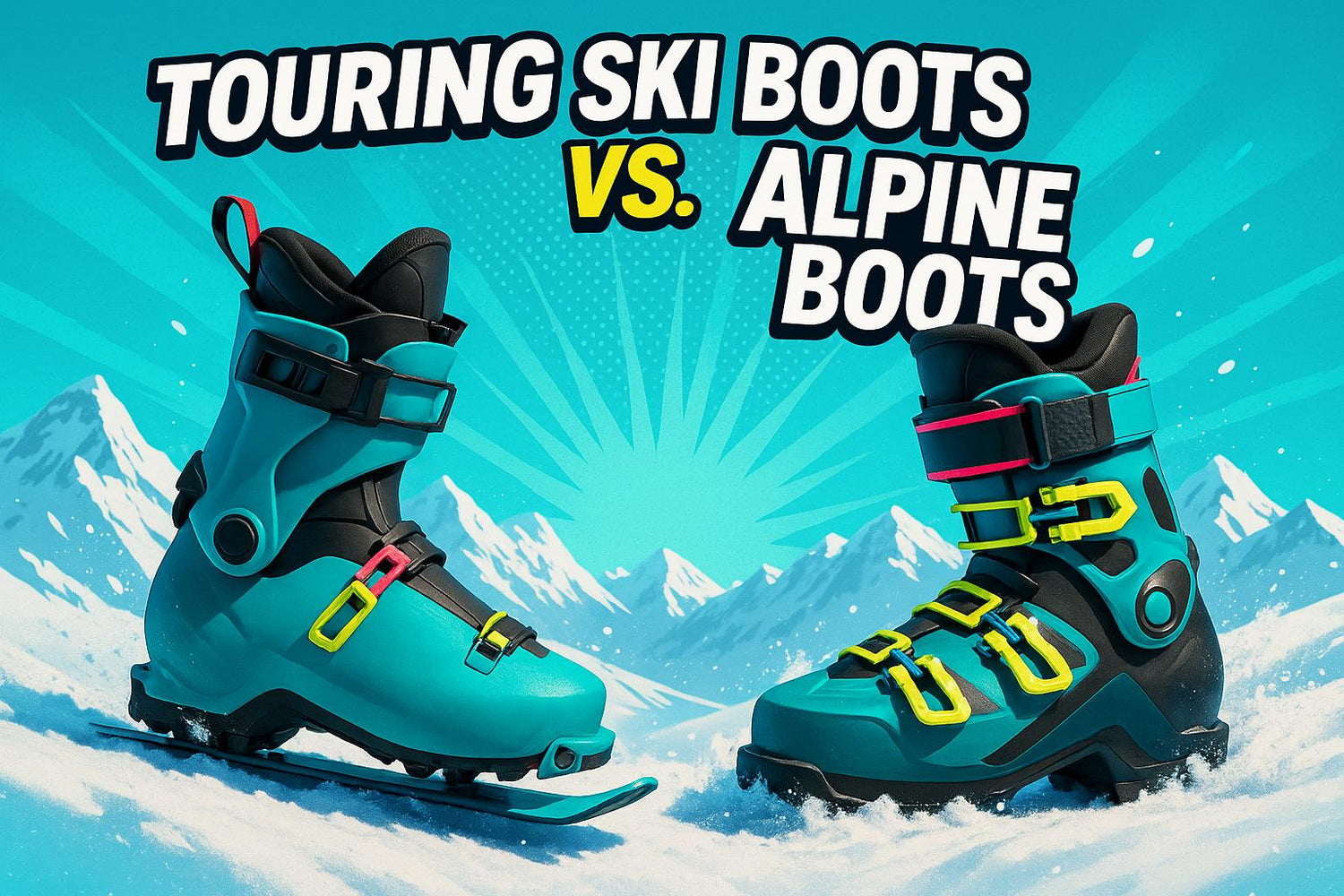
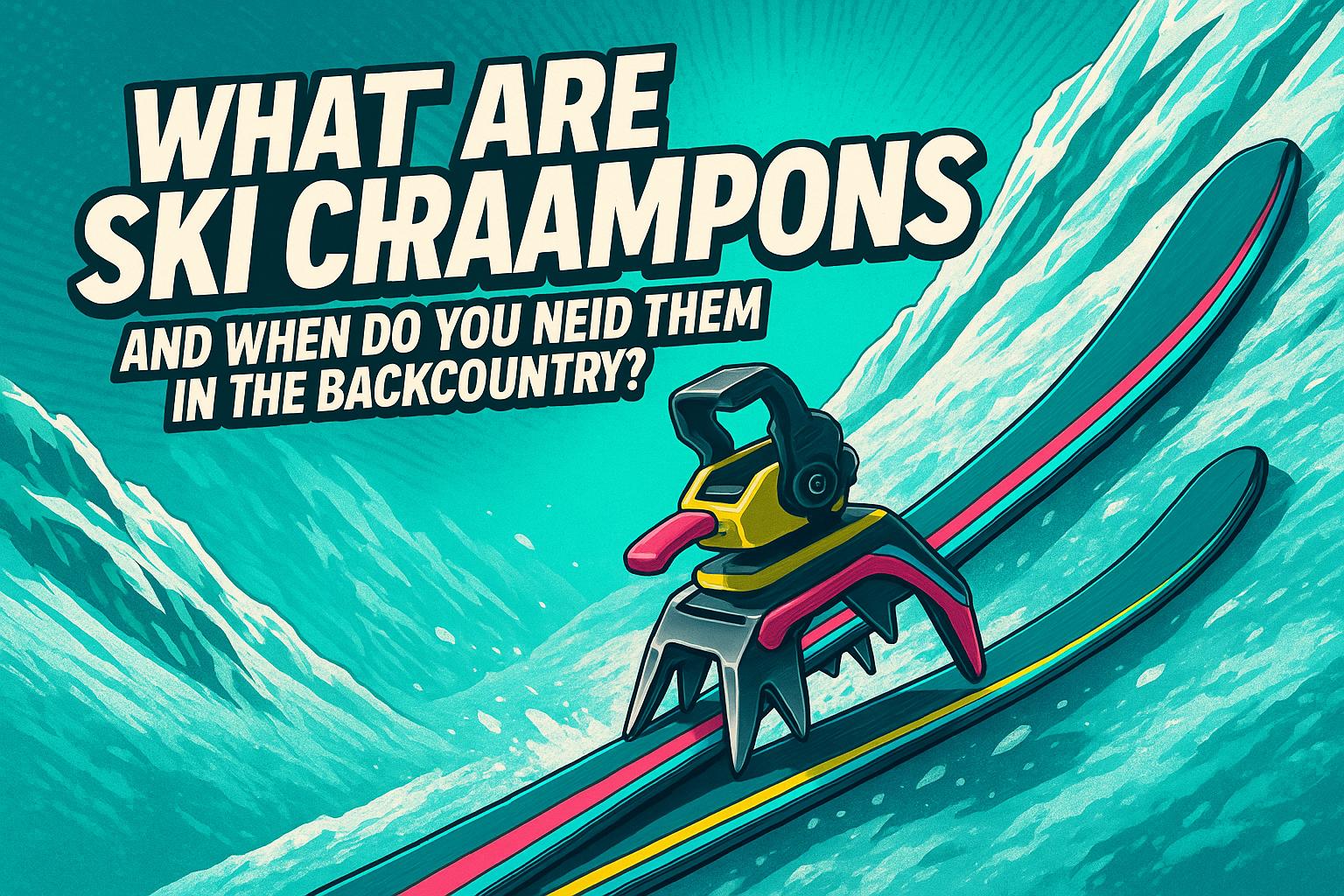
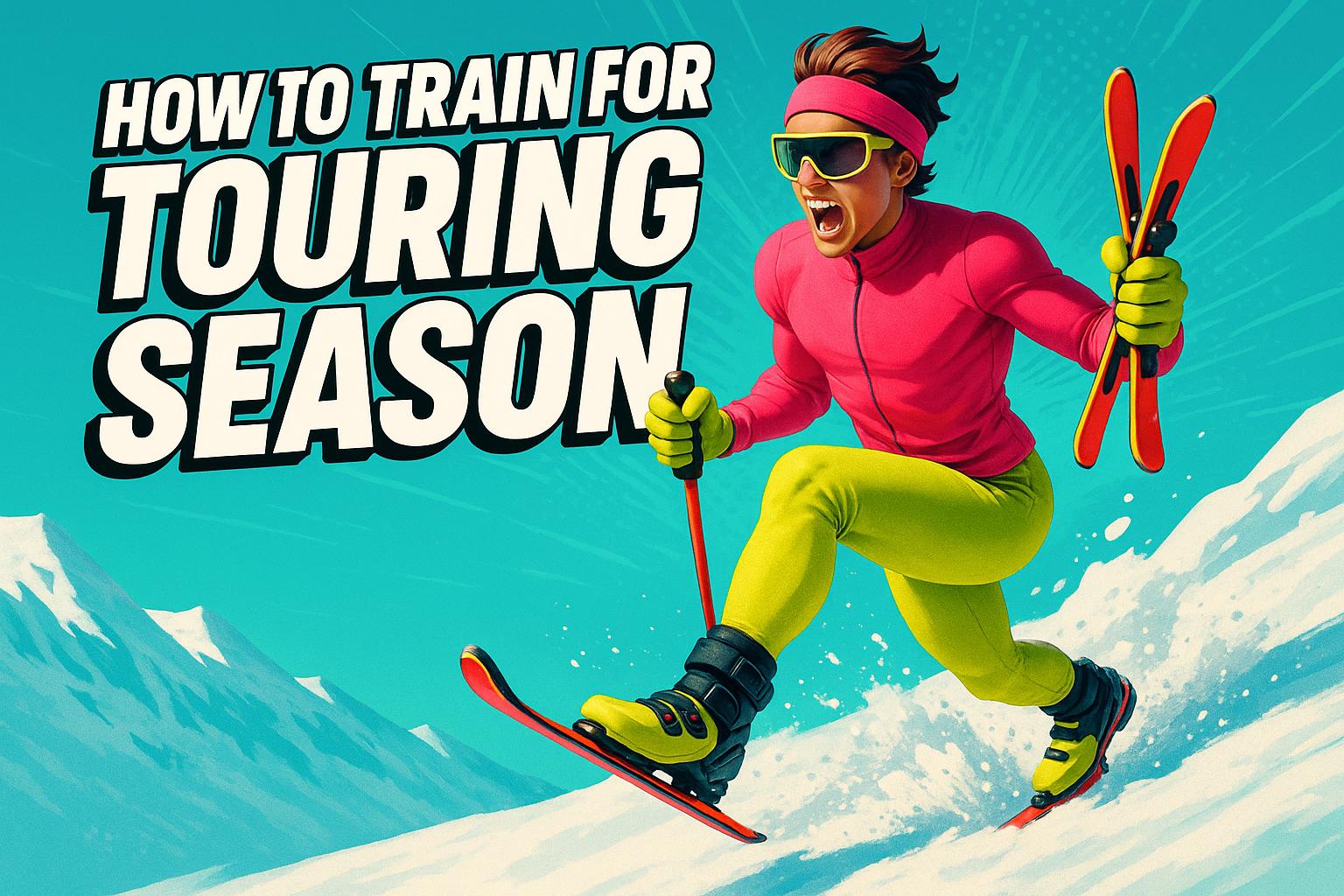




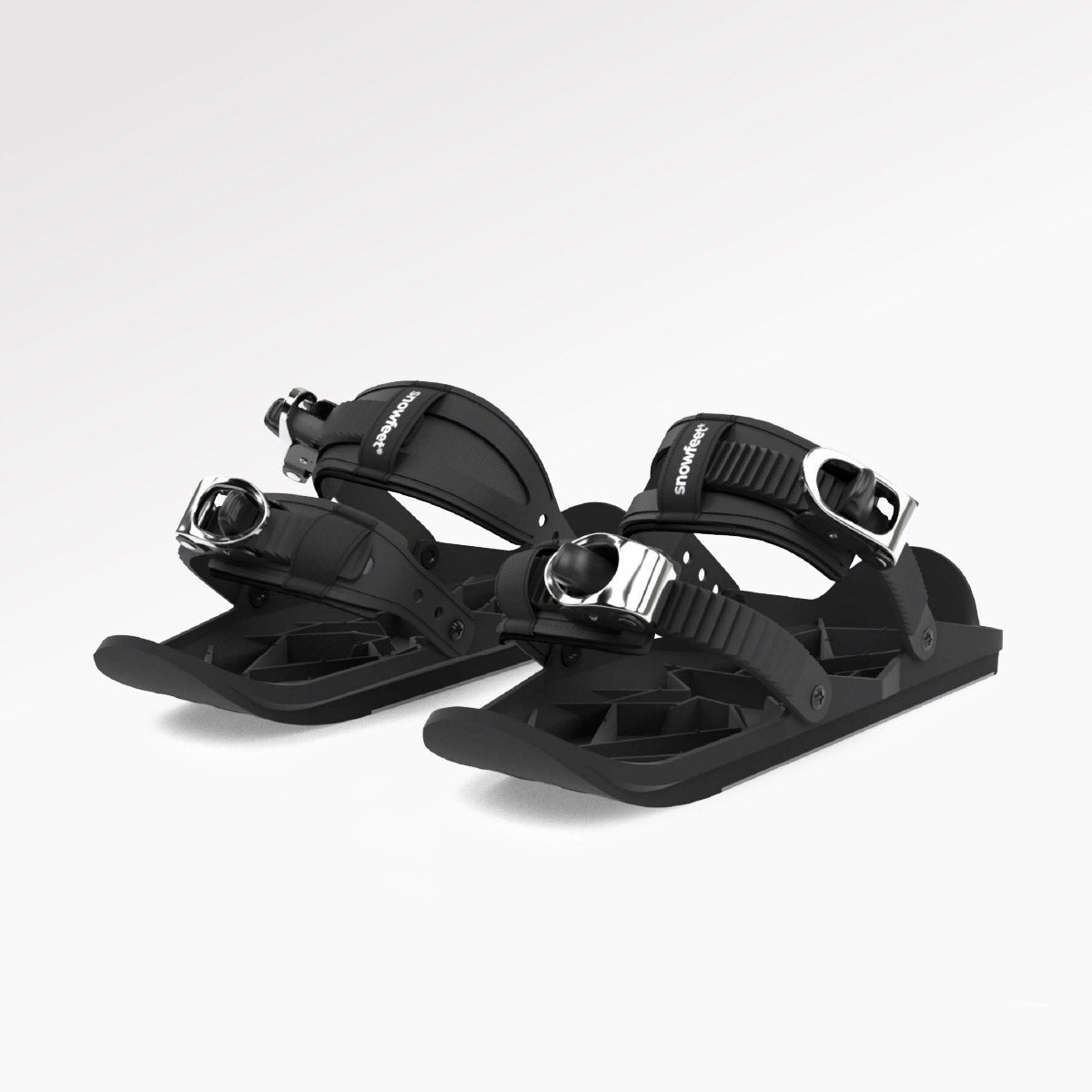
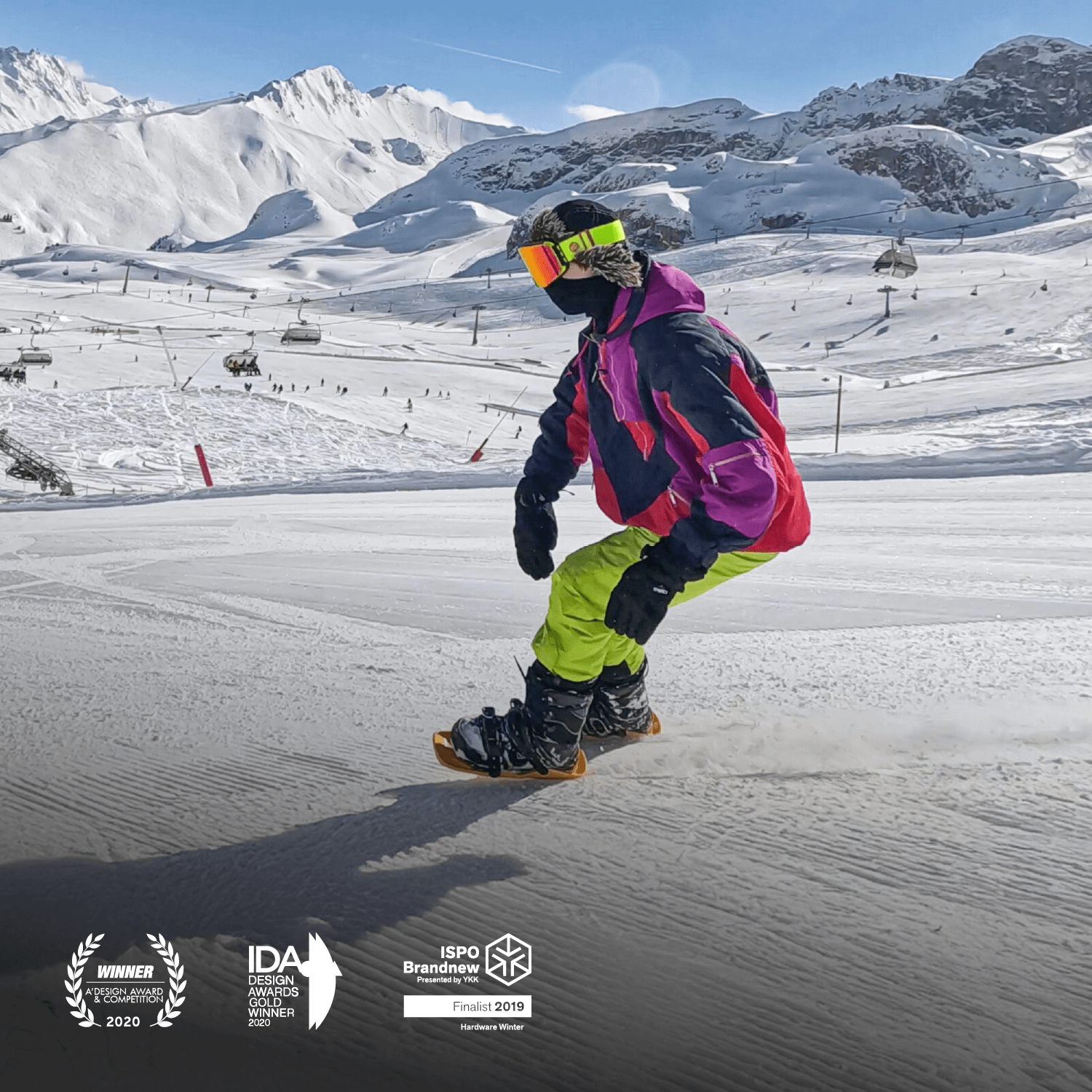
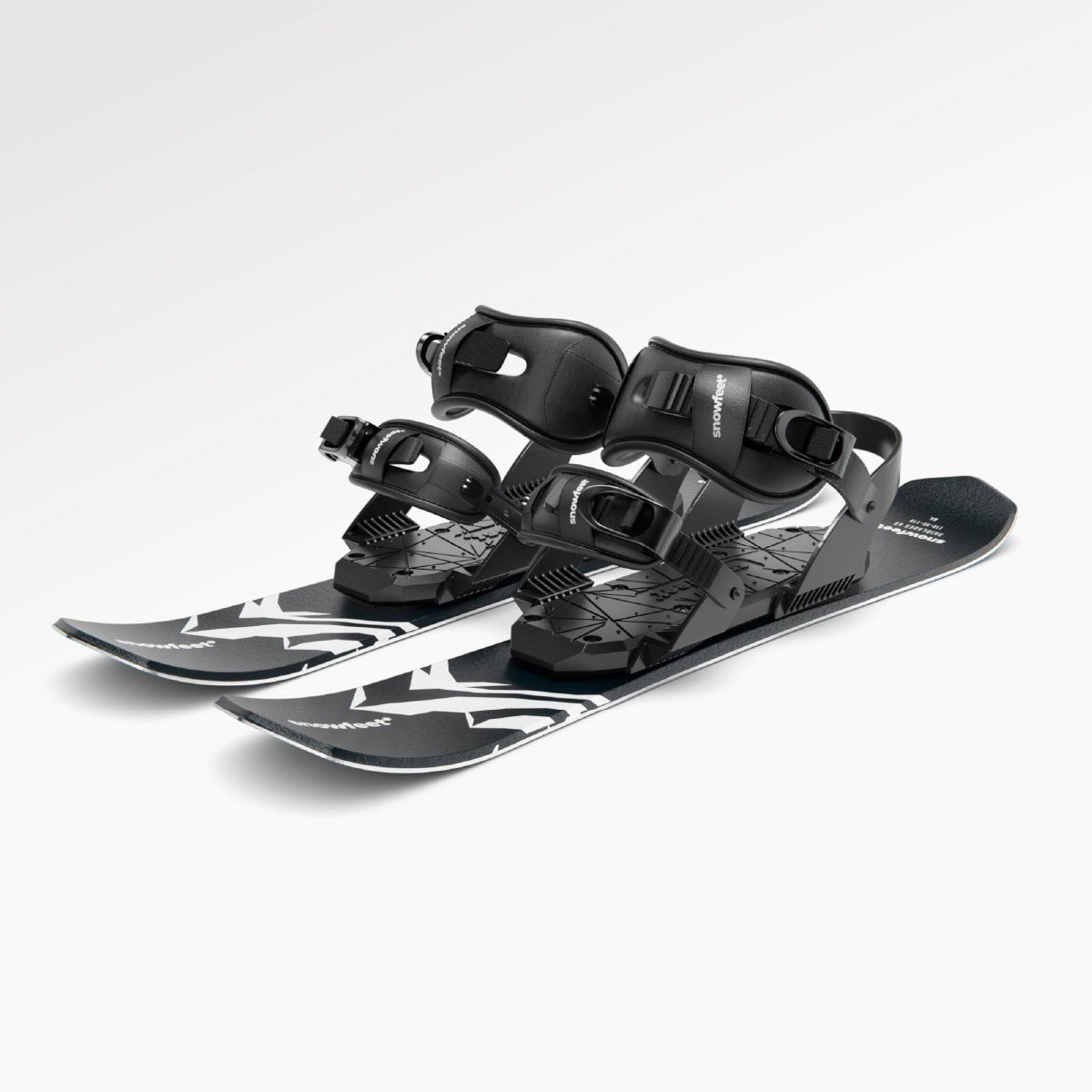

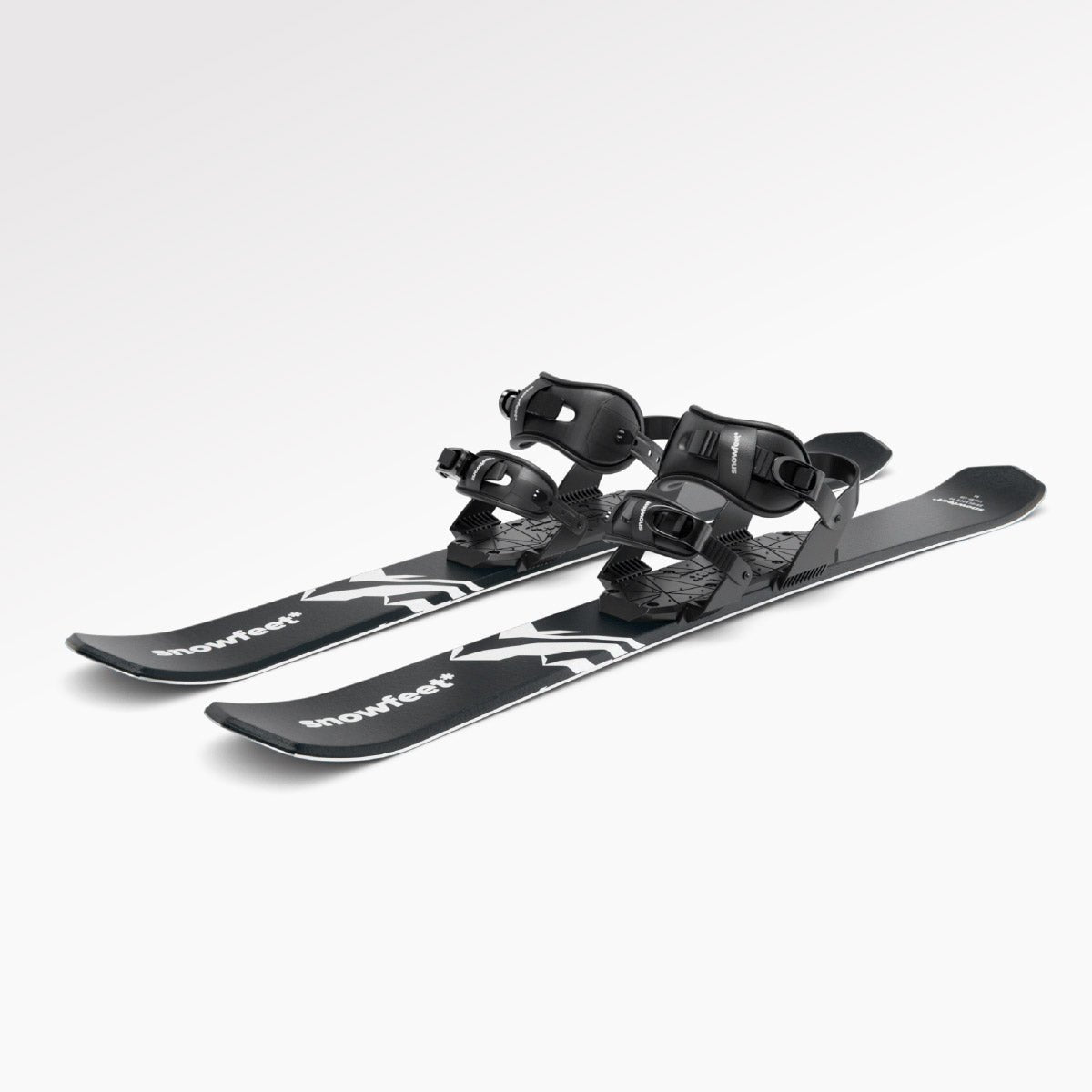

Laisser un commentaire
Ce site est protégé par hCaptcha, et la Politique de confidentialité et les Conditions de service de hCaptcha s’appliquent.